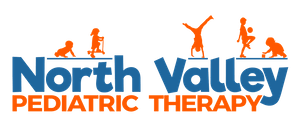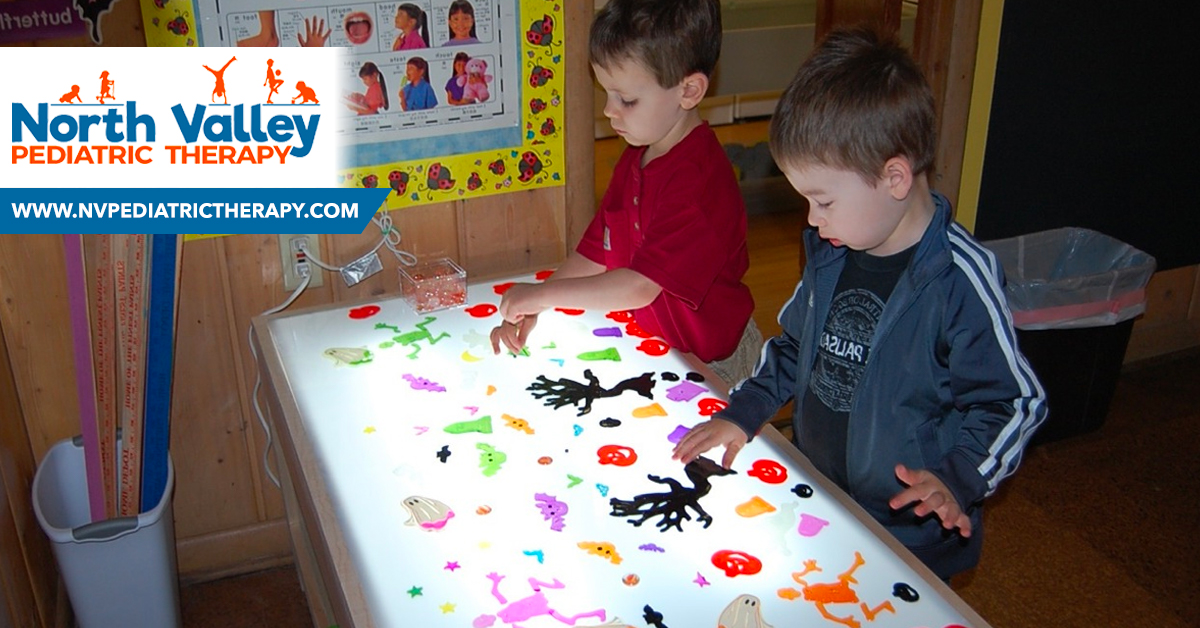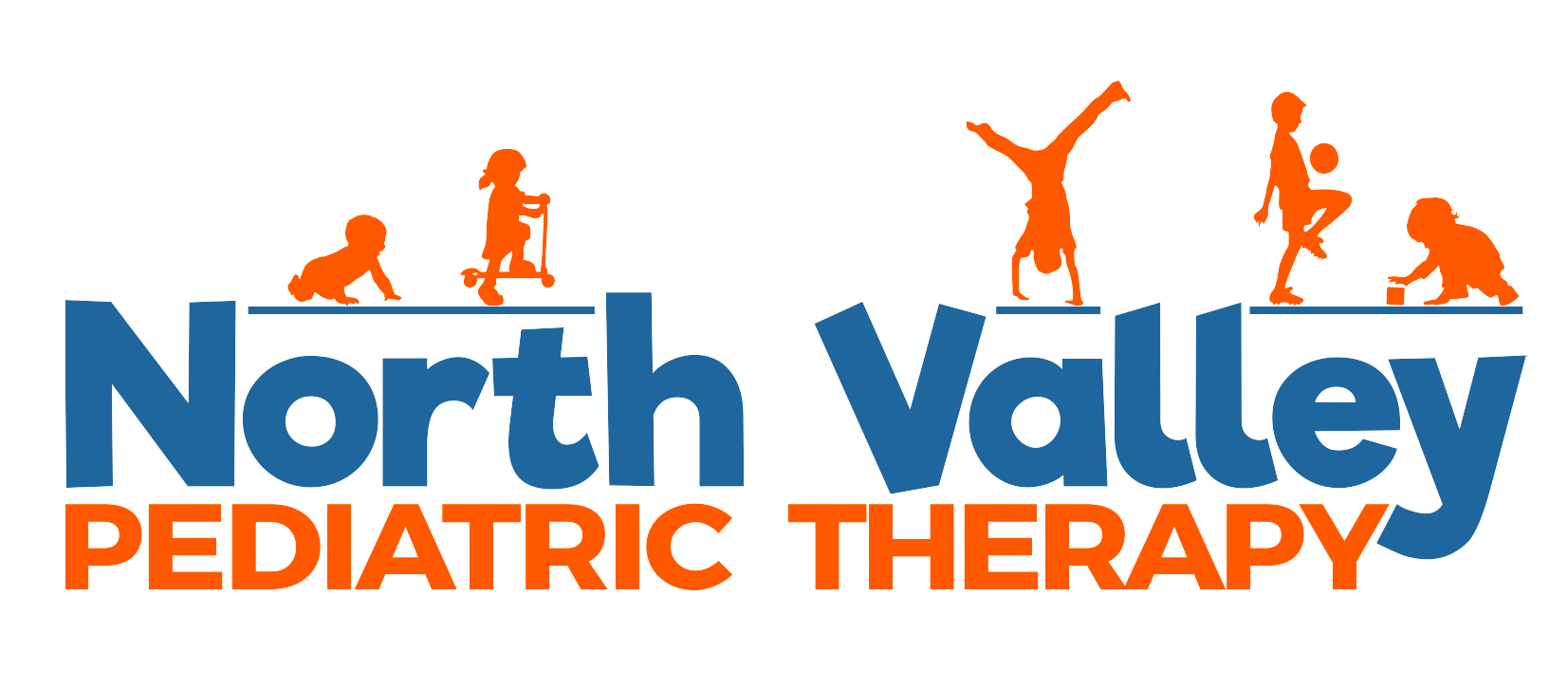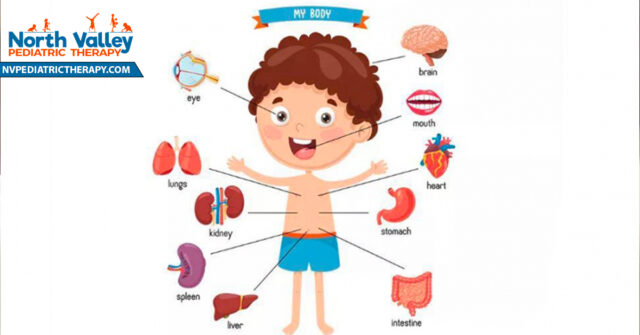What is a light table?
A light table or lightbox is a light-up surface that provides contrast light for increased visual attention and sensory input during fine motor and visual-motor activities. Light tables can be used for play, fine motor development, and sensory exploration with a variety of populations and age ranges. Light tables can have additional benefits for individuals with visual impairments including low vision and cortical vision impairment. The background light provides additional contrast for increased visual acuity and visual attention.
What can light tables help with?
- *Visual attention
- *Visual tracking
- *Visual scanning
- *Visual and tactile discrimination
- *Visual Perceptual skills
- *Fine motor precision and coordination
- *Hand- Eye Coordination
- *Handwriting
- *Color recognition
How to make light tables?
Light tables are available for purchase, however can be expensive. Cost effective light tables can be made with the following equipment…
- *Clear Plastic storage bin with clear lid
- *Aluminum foil (optional- to enhance the light)
- *Parchment paper (put under the lid to diffuse the light)
- *Christmas lights or LED lights
Light table activities
- *Dry erase markers for drawing and writing
- *Translucent chips to place over lines or letters for fine motor development and visual motor skills
- *Messy play (finger painting, shaving cream, dried rice, dried beans, slime, etc)
- *Cut shapes out of translucent binder dividers and use for shape recognition or combine to form designs
- *Using strips of paper to form letters to help with letter formation and letter recognition
- *Place print out pictures in clear plastic or under tracing paper and use for tracing activities Special considerations
- *When using with children with seizures be mindful and avoid use of rhythmic activities or overly patterned visuals
- *When using with children with visual impairments, experiment with positioning of light box, placement of visuals on light box, and color of items to see what combination promotes maximum visual attention
Special considerations
- *When using with children with seizures be mindful and avoid use of rhythmic activities or overly patterned visuals
- *When using with children with visual impairments, experiment with positioning of light box, placement of visuals on light box, and color of items to see what combination promotes maximum visual attention





